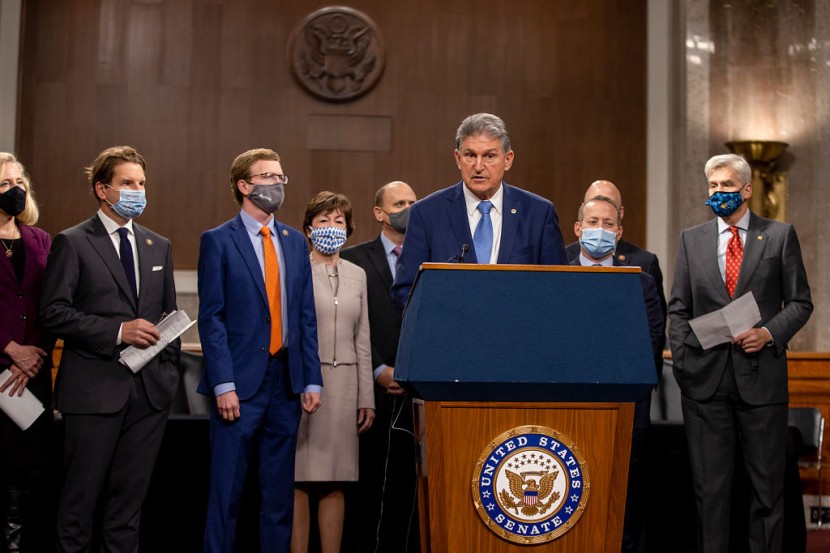The $350 billion in state and local government aid contained in the Democrats' $1.9 trillion Covid relief package is showing to be a point of conflict.
Concerns sparked about the state and local government aid

Several Democratic senators are known to have pressed for changes to that provision of the stimulus bill, citing fears that states could respond to an increase in federal aid by lowering taxes rather than allocating the funds to pandemic-related needs.
"We should send billions to states and make them lower taxes - governors are talking about that, and it's not the point here." Last week, Sen. Angus King (I-Maine), a member of the Democratic Party, told The Washington Post. He added that there should be a ban against voluntarily diminishing revenues.
The state debt isn't as bad as feared. Nearly a year after the first coronavirus-related lockdowns, statistics indicate that the financial effect on most state budgets has been much less than expected, Yahoo reported.
Read also: Biden Had His First Defeat as President After Cabinet Nominee Receives Backlash
The Committee for a Responsible Federal Budget recently noted that early in the pandemic, state and local governments appeared to be in danger of losing hundreds of billions of dollars - or by some projections upwards of $1 trillion - in revenue. Thanks to a strong federal response and a relatively strong yet uneven partial economic recovery, the worst-case scenario has luckily been prevented.
Although some state and local governments are already failing, others are doing excellently, and some are going to fare as poorly as predicted. According to The New York Times' Mary Williams Walsh, the Urban-Brookings Tax Policy Center found that gross state revenues were down just 1.8% from April to December relative to the same period last year.
Read also: Republican Governors Mock Biden's Stimulus Bill for 'Penalizing' States
Do State and Local Governments need $350 billion in aid?
A good summary can be found at the Commission for a Responsible Federal Budget. Few states have been hit extremely hard in the tax department, but overall, things aren't that grim, especially when you remember the federal assistance that these governments have already provided. Furthermore, the half-trillion dollars in aid proposed by Democrats is well over most estimates of governments' current needs, even those from left-leaning sources. It's so much revenue that even the worst-affected states would get more than they need to make up for their losses.
Democrats and the Biden administration have pushed for passage of a $1.9 trillion stimulus package called the American Rescue Plan, which they say would save the US from the increasing coronavirus crisis.
To pass the bill quickly, Democrats seek to do so by budget reconciliation, a legislative process that would not require a single Republican vote, as per National Interest. On the other hand, economists have expressed concerns over the administration's pricey piece of law, which injects billions of dollars into the economy and is expected to have long-term economic effects that would be impossible to reverse.
As per the nonpartisan Committee for a Responsible Federal Budget (CRFB), one point of concern with the current package is the amount allotted for state and local government aid. The CRFB took a firm stand against a crucial Democratic goal this week, writing that state and local governments don't need the $500 billion proposed in President Joe Biden's proposal-a sum that includes $350 billion in direct assistance for state and local governments, $130 billion for public schools, and $30 billion for transportation authorities-because they've already earned more than $360 billion in help.
Read also: Will a Fourth Stimulus Check Be Possible as the Third Nears Its Distribution To Eligible Americans?








